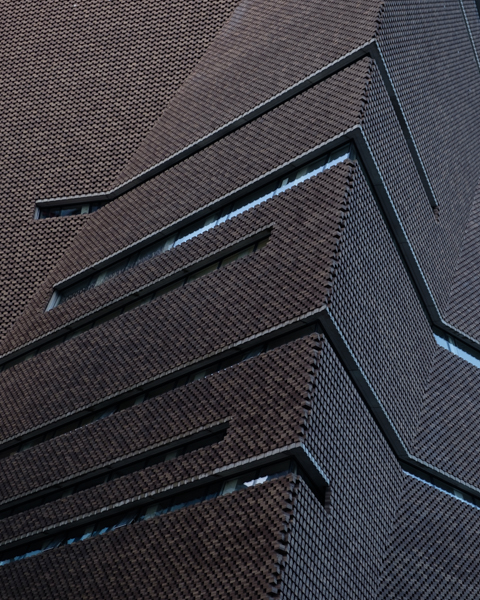In conversation…
“Abstraction was not obvious to me, it was not an intended direction and it took quite a few lecturers at art college to point out I was an abstract artist.”
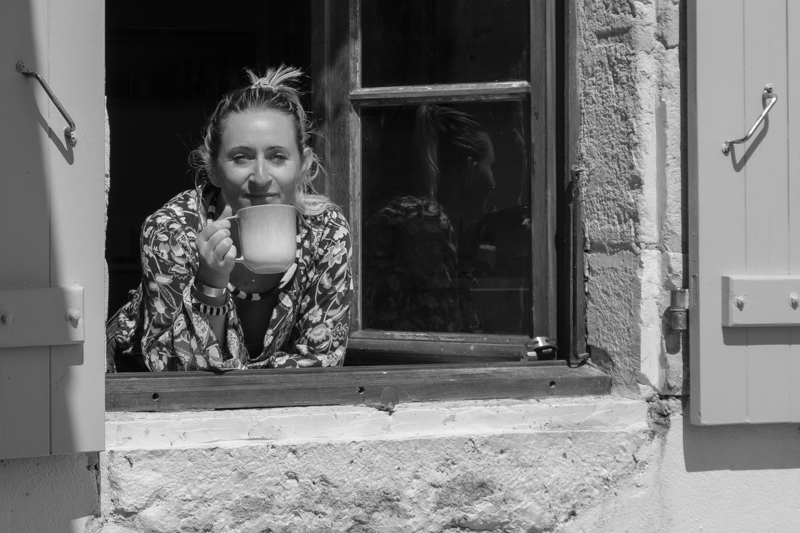
You were brought up in Essex but have lived in London most of your adult life and now split your time between London and France. Was London the logical move from Essex?
I always wanted to go to Art School in London, I just thought it was the place to go. I used to pop out in the morning to the Tate Gallery, walk down Cork Street and spend a morning drawing in the British Museum, London was intrinsically linked to my art degree.
When I moved to London I lived at Portobello Road and I used to walk to college through Portobello Market, Notting Hill, and South Kensington Park down to Chelsea Art School I loved it. I was hooked on London, walking the streets, people-watching and being part of the capital in my own little way, I felt instantly at home.
2. Do you find that travelling has influenced your art?
Absolutely! One early example was travelling during my art degree to Asia. On leaving the airport I was hit by a totally new atmosphere from the smell of clove cigarettes, the humidity, and a totally different way of life. After that trip, I knew I had to travel to enrich my experience to feed into my artwork. My work deals with both the visual and the intangible. Travelling takes what you can see in books and adds layers of sensory experience you can only experience by being there. I strongly believe that standing in front of a painting is the only way to fully experience the work. I am a richer artist because of my exposure to different people and cultures

3. Tell me more about your style of art. Was abstract always the obvious direction for you to follow?
Abstraction was not obvious to me, it was not an intended direction and it took quite a few lecturers at art college to point out I was an abstract artist. I was a good realistic painter and drawer. I think I began to get less challenged by re-creating an image and was subconsciously looking for other challenges. I became very interested in paint and how we could use it as a subject within itself. I like to remove recognisable imagery within my work, creating a new landscape infused with an emotional aspect to the work. Seeing for the first time the huge canvases of Jackson Pollock and experiencing the dynamic physical reaction to the work that was entirely different from viewing the work in books was a huge turning point. I really understood that I wanted the audience to have both a visual and visceral experience.

4. Do you ever work in other styles? and with different mediums or is acrylic your ‘go-to’?
I always take a sketchbook and paints with me travelling and spend afternoons painting in watercolour. I also love life drawing. However, professionally my interest and theoretical study is always with abstraction. I started using acrylics to avoid the animal products that go with using oils. For my work and how my work technique has developed acrylic was the best way to go for how I layer and like a very clean edge
5. I find many artists in the UK seem to gravitate toward slightly more monotone colours in their artwork. Bright colours are seemingly used more in warmer climates. Your artwork tends to be more vibrant and energetic. Can you elaborate more on your colour palette?
My colour palette is to aid the dynamism within the work. Creating friction using opposite colours. The use of colour was to help me answer questions I wanted to answer on the canvas. How to move the work, and how to create different depths in the work. Ironically I never used colour that much in the past, I tended to use them monochromatically when painting. Working with lots of colours also brings many different problems complicating the composition and adding another challenge. In the last year, I have stepped up the colour work even further by painting densely packed canvases adding more and more colour combinations which challenges me every day to the point of utter frustration but keeps me on my toes.
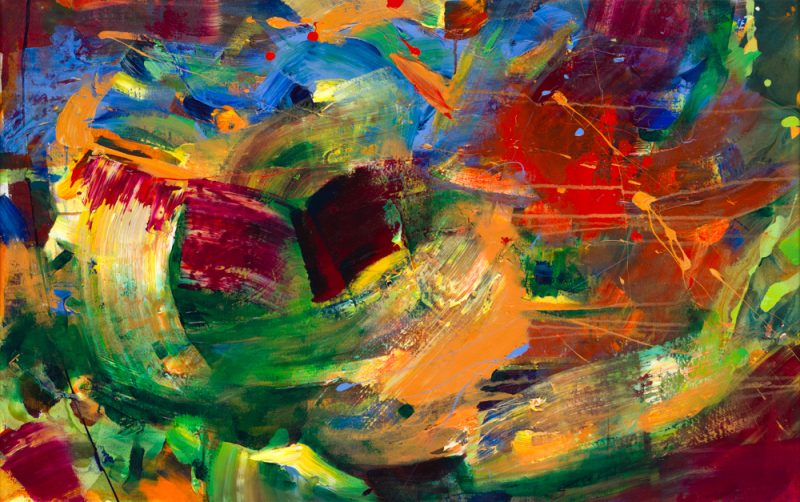
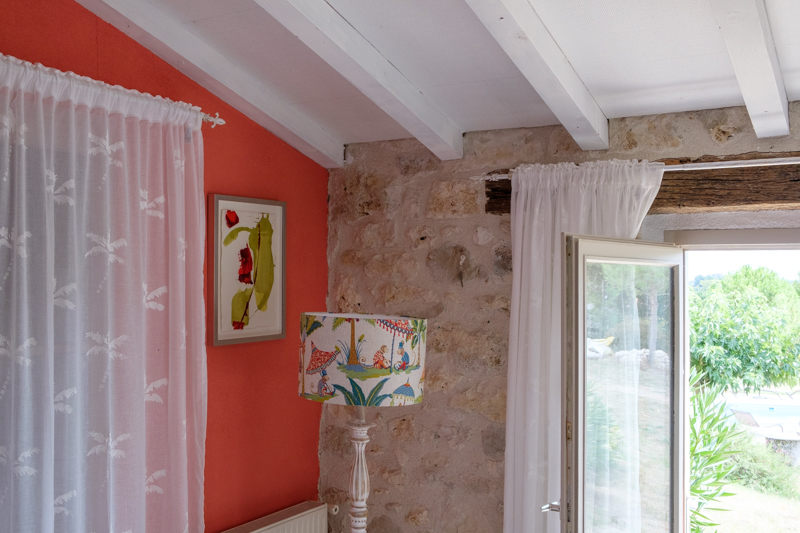
6. How much planning is involved?
I actively and consciously remove planning from any painting that I do. For my work to flow and for me to create paintings that move they need a life on their own. I need to leave decision-making in the very moment of paint application otherwise the work looks managed, forced and devoid of emotion and eliminates an important element of my work which is the actual doing is as important as the thinking. This process allows the emotional subconscious element to be in my work aiming to create an emotional and visual experience
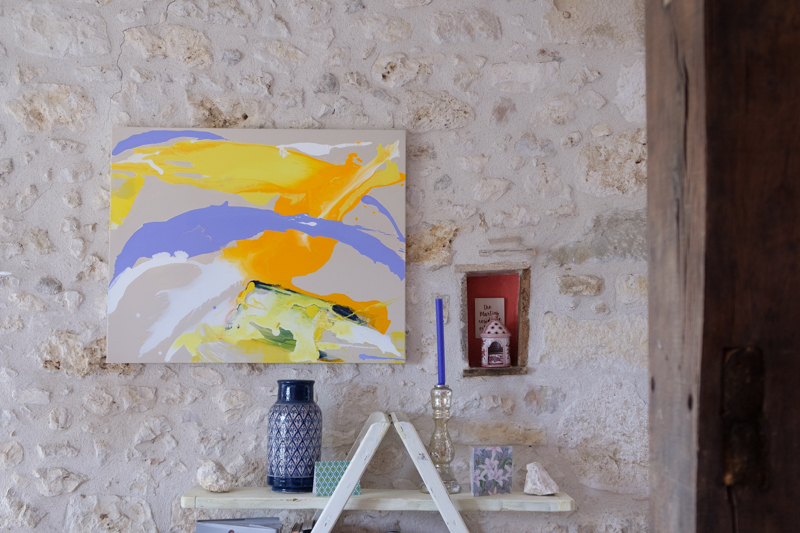

7. Where does your mind go when you paint?
Not far from the work! When I’m painting I am consumed with what to do next, what does it need, what colours would work, what’s not working, why is the composition weak how can I tighten up the image. I love that when people look at my work they assume I am thinking of a place, floating on happiness and having a lovely time. The reality is that it is far more clinical, frustrating, and a battle with the work. Ultimately satisfying at the end, untying an art-problem-knot satisfying.

8. A few years ago you started painting baubles, which are not only beautiful decorations but also a fantastic way to own an original piece of your work for a very affordable price. Where did the idea come from? where can people buy them?
I love painting my baubles! I get far too into making them little paintings! The idea came from covid and wanting to produce something that I could easily send in the post. I collect Christmas baubles and loved the idea that I could become part of people’s Christmas decoration collections. I sell them primarily on my website but I also do Christmas fairs. Commercially they work very well for me and open up a whole different audience that can buy a little piece of abstract art.
10. Finally, if you could own any 3 paintings – what would they be?
Only 3?!!!
- Monet’s Waterlilies housed in the Musee de L’Orangerie Paris
- Joan Mitchell – Any
- Jackson Pollocks Lavender





